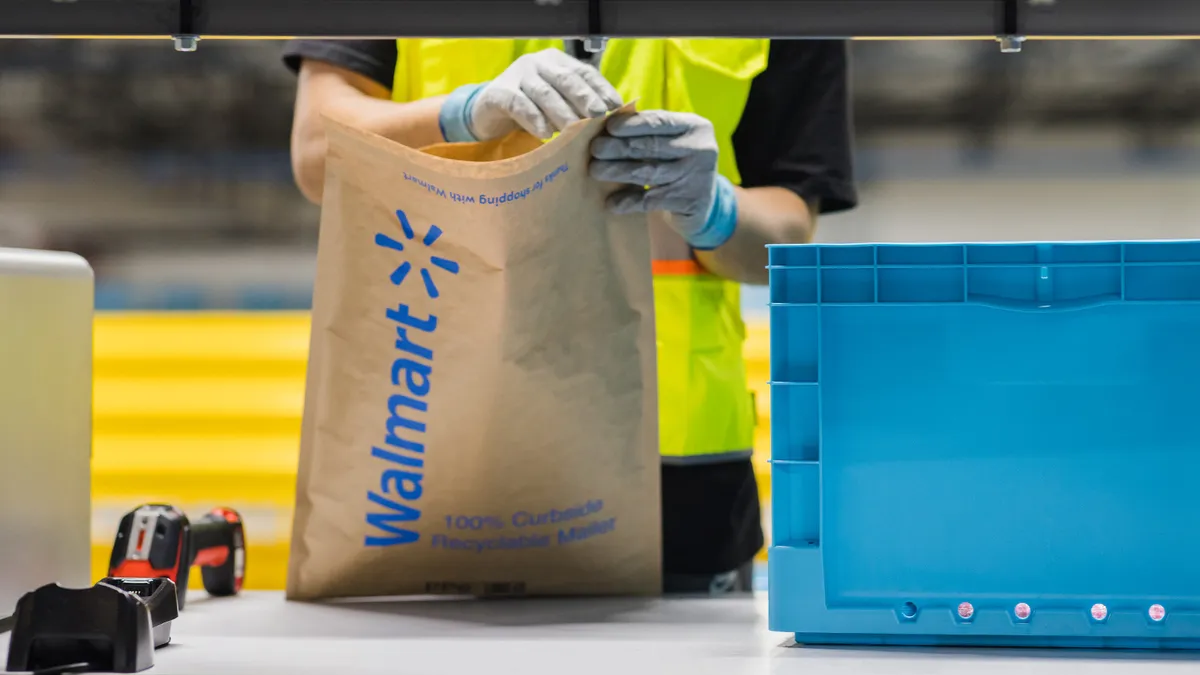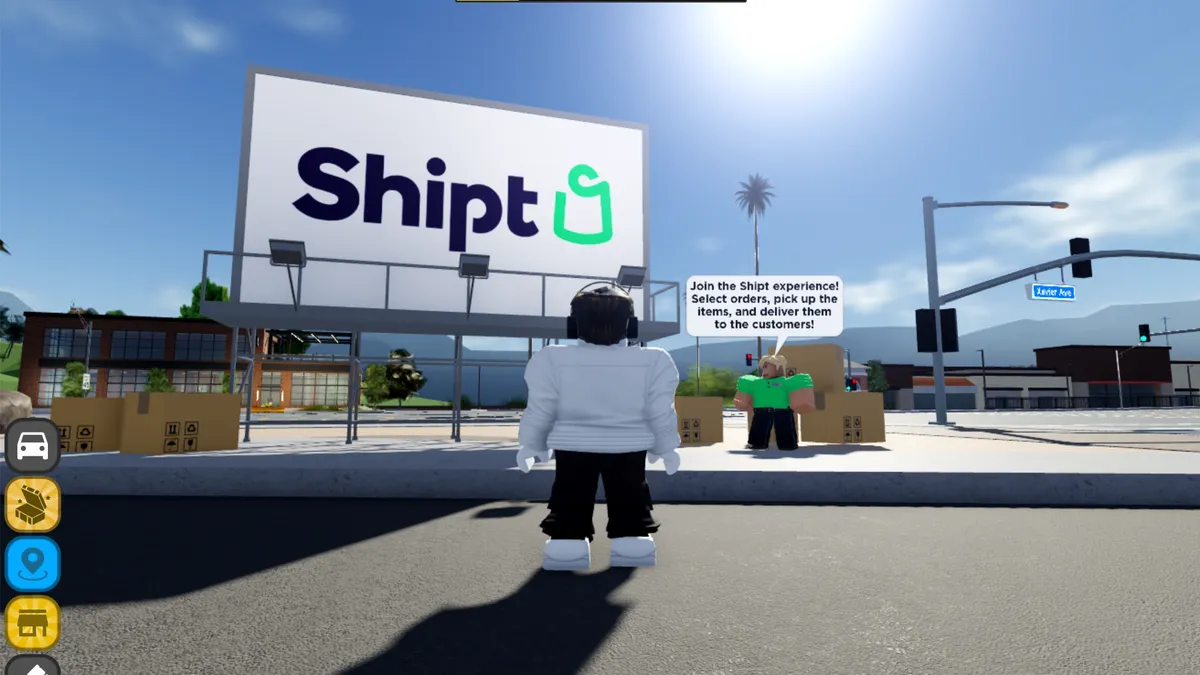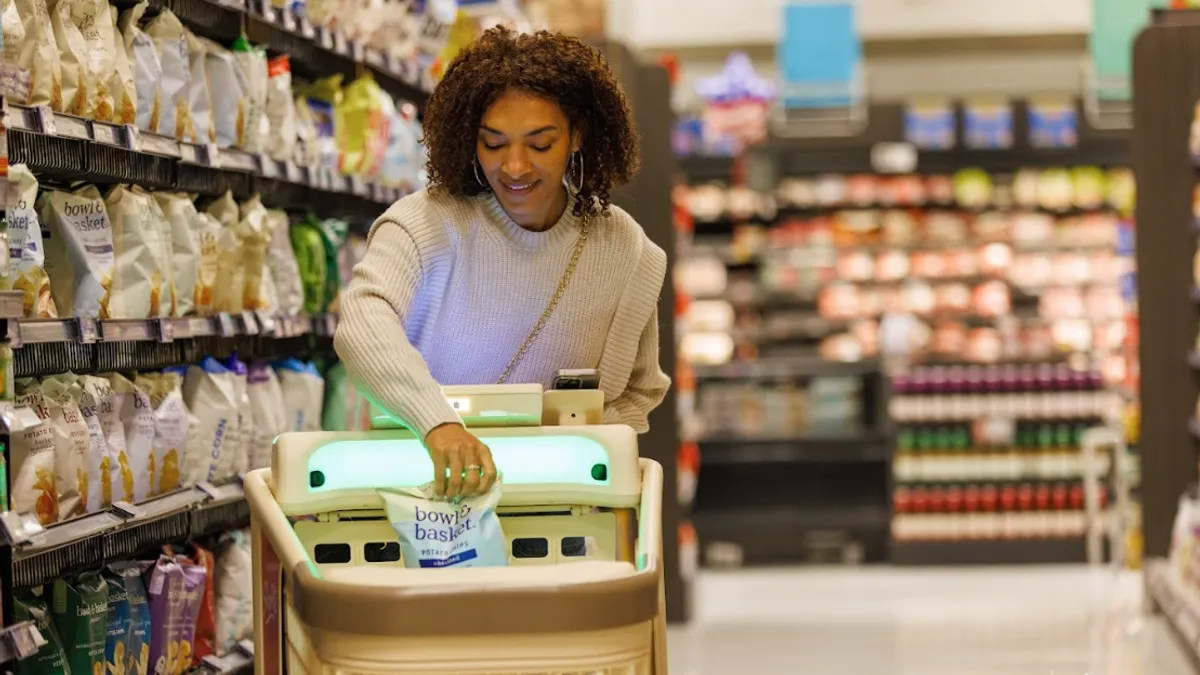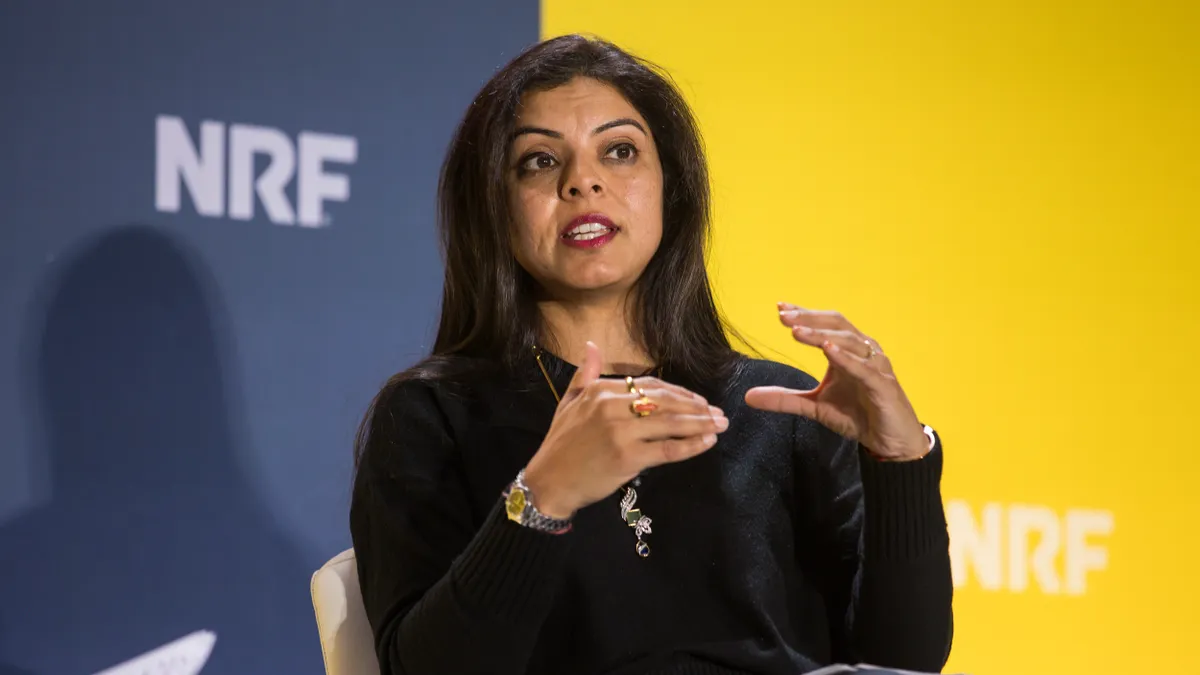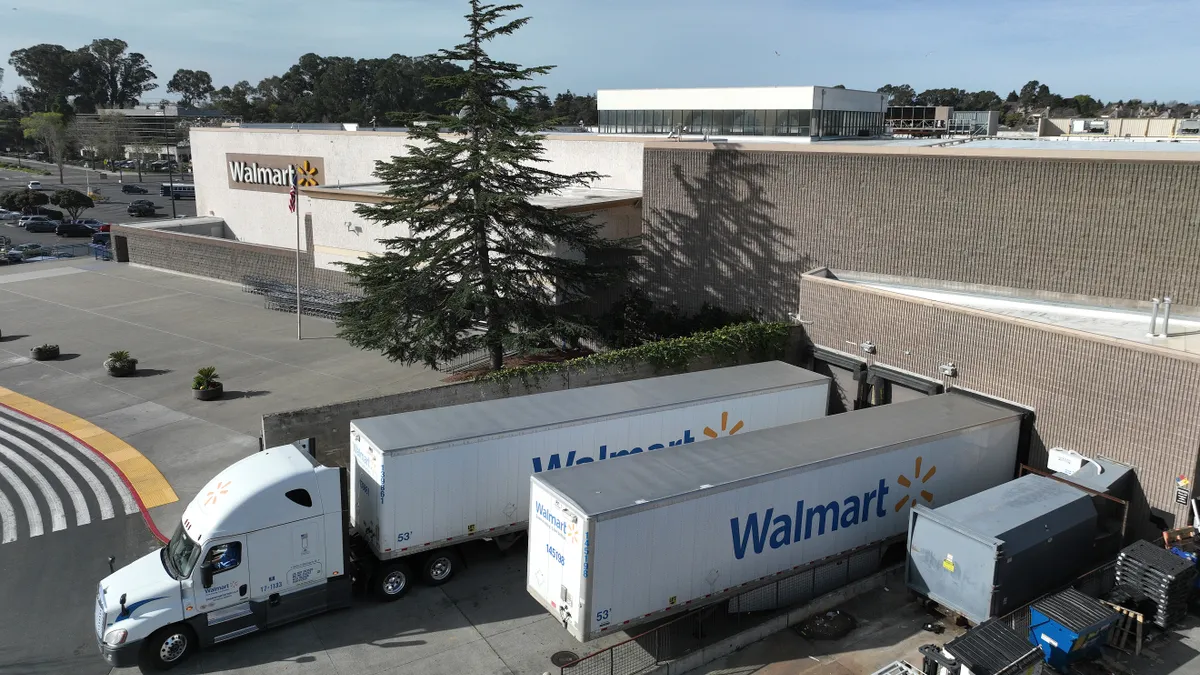Kaarin Vembar is obsessed with the luxury and apparel markets. She also has a sassy mouth so her managing editor decided to give her a column in an attempt to harness insight for readers. Kaarin can be reached at [email protected].
Retail (barely) made it through the holiday season, but dear goodness does it have a problem when it comes to returns.
While the pandemic presented a serious threat to retail this year, it turns out holiday sales were, for the most part, okay. Not great, mind you, but because the industry applied quick thinking and pivots to services like BOPIS, sales were up over 10% year over year in November and 6.7% in December.
However, returns this year pose a serious threat to margins. According to the National Retail Federation, consumers returned around $428 billion in merchandise in 2020, representing 10.6% of total retail sales. Do you know what $428 billion is? Do a little rounding and you are looking down the barrel of about half a trillion dollars.
"Last year, we saw an increase in returns of online purchases as the pandemic forced more consumers to shop online," Mark Mathews, NRF vice president of research development and industry analysis, said in a statement this month.
Of course, if you have more online sales the return rate is going to go up. But, I would like to propose an alternate theory that contributes to why people aren't keeping items: apparel's sizing inconsistency is taking its toll.
Not everything that was returned in 2020 was an item of clothing. But, apparel has had a steady problem for years that has made shopping for it online an issue, mostly in the realm of "For the LOVE of EVERYTHING HOLY, what is my actual size with this company?" When I worked as a personal wardrobe consultant it was a huge point of friction for clients — they were discouraged when shopping for clothes because they never understood fit. They would therefore fall into a heap on the floor and want to take a stress nap. (I'm not kidding. This happened on multiple occasions.) From store to store, their size changed. From season to season, it would change within the same brand.
One version of falling into the fetal position when shopping is bracketing. Bracketing, which is when people buy multiples of the same item with the intent to return some, is nothing new. A study from Narvar back in 2017 found that returns were increasingly part of the online shopping experience, with an average of 40% of shoppers bracketing at least occasionally. Apparel was the most often returned item. Bracketing isn't getting any better. In 2020, Navar reported 62% of consumers participated in the practice.
Companies thought of creative solutions to streamline the flood of returns even before they happened during the final months of 2020, though. Walmart partnered with FedEx to allow online shoppers to return items from their homes. FedEx partnered with Happy Returns to offer in-person returns at over 2,000 locations. Amazon announced an extended return policy for the holiday season and "no-box, no-label" returns at over 500 Whole Foods Market locations. Simon collaborated with Narvar to have drop-off returns at certain mall locations.
All of this to say: retail knew that this past season was going to be a bit of a disaster on the returns front. But, up until this point companies could sidestep apparel sizing problems simply by having a physical retail presence. Customers could see a product in a store and take an educated guess if something would fit properly, or try an outfit on in a dressing room.
While apparel sizing issues via e-commerce is nothing new, there was a certain margin of error that was acceptable because online sales were only a portion of incoming revenue for traditional retailers. Retailers could toss a sizing chart on a webpage and shoppers could kinda-sorta know their sizing, but really it has mostly been a guessing game.
Part of the gap in knowledge when it comes to online ordering has to do with customers not understanding their own measurements, while other mistakes in ordering can be attributed to not paying attention to fit. "Some things are just labeled loose fit, slim fit, and they don't read it," fashion designer and teacher Zoe Hong said regarding shoppers reading clothing labels.
In other instances, the disconnect with online ordering has to do with brands not wanting to put up a ton of information about fit because of luxury branding and marketing goals. When it comes to sizing, Hong says, "These sorts of things that we are talking about are not sexy …. There are brands that are really all about the mystique, and the brand and the image. These high-fashion brands … they're all about this image, but they're not going to tell you how to measure yourself for the pants. Because that's not their branding."
In the meantime, retailers have employed a number of techniques to clarify clothing fit. Nordstrom, for example, shows quick videos of stylists explaining pieces and discussing features in order to give the shopper a better understanding of what they are purchasing. Asos has videos of models wearing products and turning around so customers can get a sense of how the apparel moves. (Asos has been the subject of a number of viral Twitter posts making fun of these videos. The company, in turn, has poked fun at itself.)
Always wonder what direction the ASOS models are given for these videos. I reckon this one was: 'You've just woken up in a cupboard and can't find the door' pic.twitter.com/Fyxq4FKmhu
— Nooruddean (@BeardedGenius) December 31, 2018
There is also technology coming out on the market to make apparel shopping a bit easier both for the shopper and for retailers. Companies are advancing means of making fitting rooms digital, and those efforts have accelerated since the pandemic has driven shoppers out of stores.
Last month, Amazon announced "Made for You," a custom T-shirt sales portal that has virtual fit technology within the Amazon app. But, in order for those measurements to be accurate, customers must provide their height, weight, body style and two photos of themselves. This automatically triggers my "ewww" reflex because I mentally have a picture of a stranger somewhere holding photographs of my torso and let's just say — not for me.
There are other companies trying to solve the online fit problem through various apps, and one of them truly might be able to cut through the noise and become trusted by consumers.
In the meantime, I would really like apparel retailers to do some simple things to help shoppers. Like pictures of the back and front of products. Models in poses that look like a plausible way a human would stand. Models of different sizes so we understand how things drape. Sizing charts. Notes on fit.
And I truly understand that those things are difficult with so many SKUs going in and out of the door. I also know that post-pandemic there will be a percentage of shoppers that will go back in physical stores and shop for apparel off the rack and some of the bleeding out will stop. The pandemic, though, is a wake-up call. The future of how people shop, especially for clothing, is in the middle of changing. The big question is, will retail do the un-sexy work of helping customers understand what they are purchasing online?










